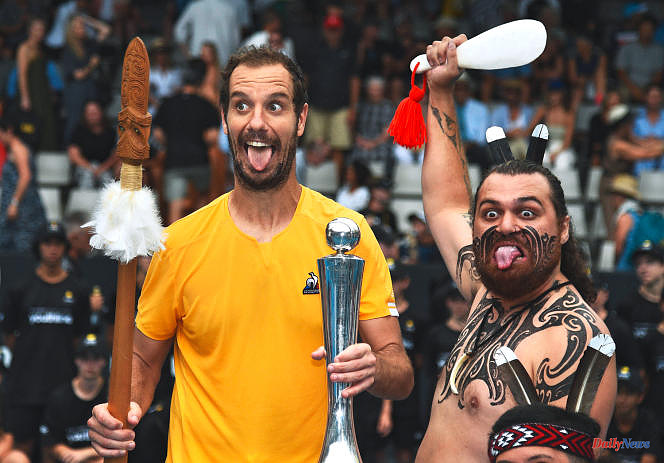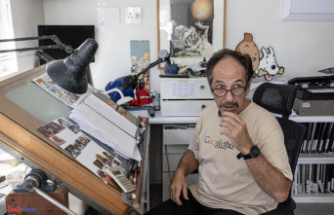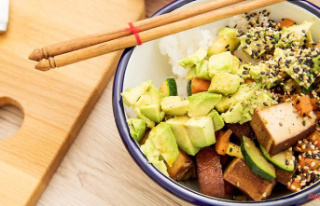Hardy Veteran
It happens to French tennis players to win matches. Sometimes they even win tournaments. The proof, last week, at the end of the world, veteran Richard Gasquet won the tournament in Auckland, New Zealand, beating Englishman Cameron Norrie in the final. At 36, and when no one expected much from him, the former prodigy therefore offered himself a prestigious title, an incredible trophy ceremony and, finally, a striking souvenir photo.
proud spear
There's a lot going on here. Let's start with this spear held by Richard Gasquet. In this case, it is a taiaha, the traditional weapon of the Maoris of New Zealand. Carved from a piece of wood or whalebone, consisting of three parts (the arero, "tongue", the upoko, "head", and the ate, "liver"), this object, full of symbolism, is the prerogative of the greatest Maori warriors. Richard Gasquet can therefore consider himself lucky: if he handles his taiaha as well as his racquet, nothing can happen to him.
Living language
Let's shift a little to the right and ask ourselves about this language that Richard Gasquet draws, imitating that of the Maori fighter who accompanies him. Why ? Quite simply because, in Maori culture, grimaces, or pukana, are a strong gesture supposed to destabilize the opponent as a prelude to a confrontation. It is for this reason that the hakas, the traditional Maori warrior dances, are cheerfully punctuated with them.
self painting
To the left of Richard Gasquet, this outspoken character shines with his abundant tattoos. This is obviously not a surprise as tattooing is a Maori passion. Considered at the same time as a decoration, a language and a magic symbol, this art is even so linked to this culture that it is to the latter that we owe it its name. Specifically, the term "tattoo" is derived from the Tahitian word tatau, meaning "to mark" or "to strike".
rare bird
Finally, note that the Maori warrior wears two beautiful feathers on the back of his head. In this case, they come from a dimorphic huia, a bird revered by the Maori, and symbolize both leadership and strength. Their symbolic value is therefore enormous, but not as much as their monetary value. Since the huias have sadly disappeared for more than a hundred years (they were last observed in 1907), this ornament has become extremely rare and particularly expensive. Some feathers even trade for several thousand euros.












